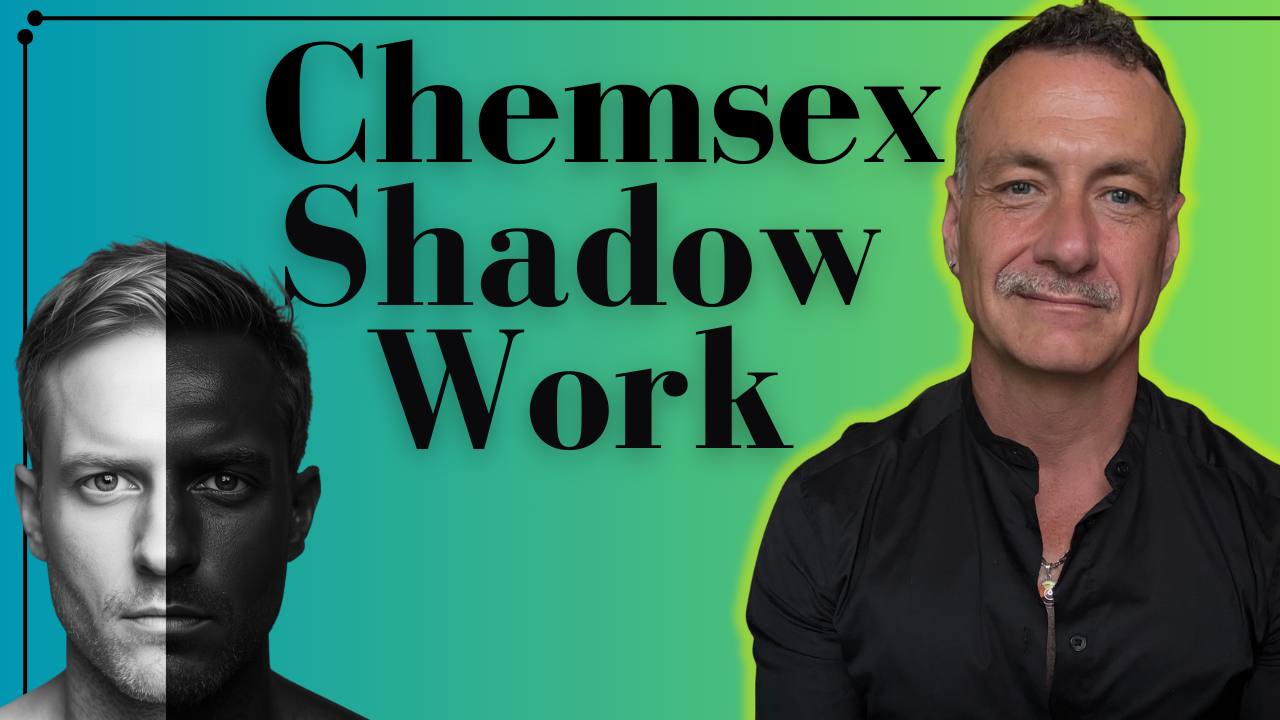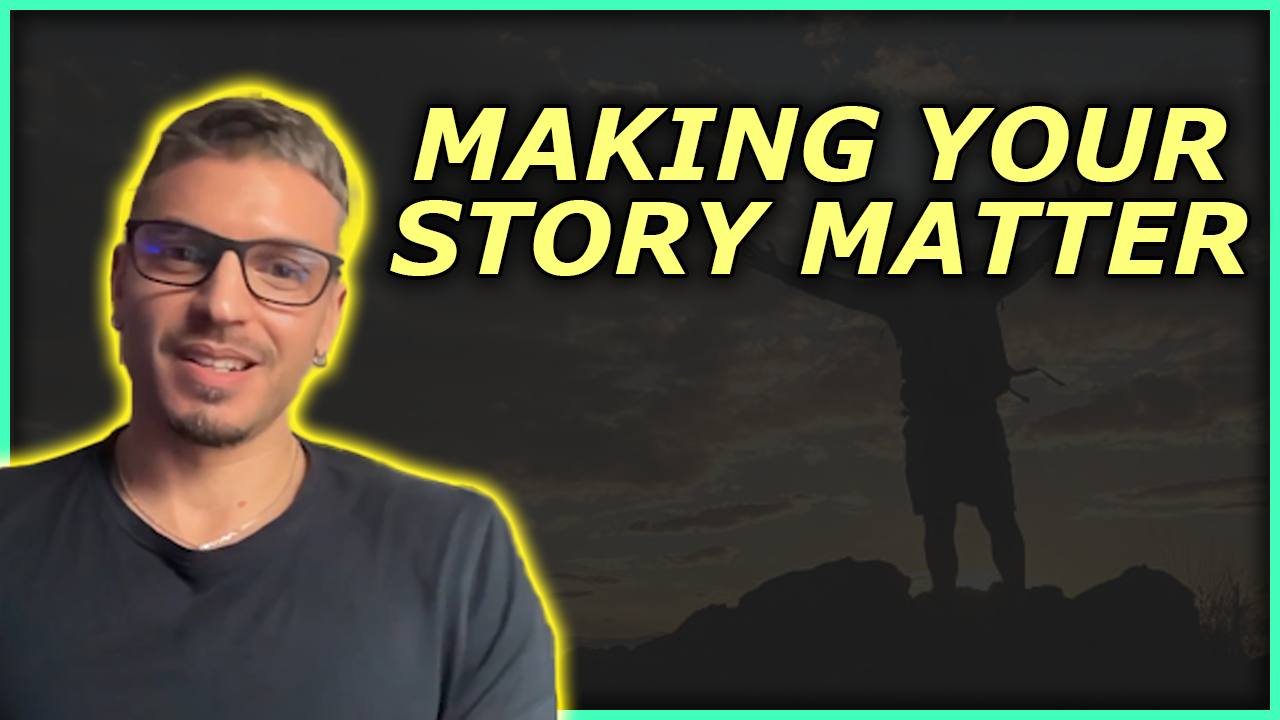Healing Sexual Shame After Meth.

Listen to the Podcast HERE
Watch the Podcast HERE
Podcast Study Guide
Understanding Shame and Sexual Identity
Dr. Davidson emphasizes that shame differs fundamentally from guilt.
While guilt relates to specific actions we regret, shame cuts deeper - it's the belief that we ourselves are inherently flawed or bad.
For gay men, this shame often takes root in childhood through subtle messages about gender expression and sexuality.
Simple comments like "you throw like a girl" or "boys don't dance" can create lasting emotional wounds that shape our self-perception well into adulthood.
This internalized shame becomes particularly acute in sexual situations where we feel most vulnerable.
As Dr. Davidson explains, many turn to substances like crystal meth because it temporarily removes these inhibitions, allowing them to feel sexually free and uninhibited.
However, this chemical freedom comes at a steep price, often deepening shame during the comedown and creating a destructive cycle.
Reflective Questions:
- What early messages did you receive about gender expression and sexuality?
- How has shame influenced your relationship with your body and sexuality?
- In what ways has substance use been connected to your expression of sexuality?
- What beliefs do you hold about yourself that might stem from internalized shame?
- How does shame show up in your current intimate relationships?
Journal Prompts:
- Write about a time when you felt completely authentic and accepted in your sexuality. What made that experience different?
- Describe your relationship with vulnerability. When do you feel safe being vulnerable?
- What would it look like to fully accept all aspects of your sexual identity?
- Reflect on the difference between guilt about specific actions versus shame about who you are.
- Write a letter to your younger self about sexuality and self-acceptance.
Rebuilding Sexual Identity in Recovery
Dr. Davidson emphasizes that recovering from addiction provides an opportunity to completely rebuild your sexual template.
This process involves reconnecting with your body through mindful exploration of all five senses - touch, taste, smell, sight, and sound.
Rather than focusing solely on traditional sexual acts, this approach encourages discovering what genuinely brings you pleasure and arousal.
The journey of sexual rediscovery should be patient and gradual.
Dr. Davidson suggests that solo exploration through mindful masturbation can be a safe way to begin, emphasizing that the goal isn't necessarily orgasm but rather learning about your body's responses and preferences.
This might include exploring different types of touch, pressure, and stimulation across various parts of your body.
Action Exercises:
- Practice mindful body scanning: Spend 10 minutes each day noticing sensations in different parts of your body without judgment.
- Create a sensory pleasure journal: Document non-sexual experiences that bring you physical pleasure (e.g., sunshine on your skin, the scent of coffee).
- Explore different textures and temperatures safely: Use various fabrics or temperatures to understand what your body responds to.
- Practice deep breathing while touching different parts of your body, noting any areas of tension or pleasure.
- Experiment with different types of music or sounds and observe how they affect your body's response.
Sexual Integrity and Authenticity
Sexual integrity, as defined by Dr. Davidson, means being authentic in your sexuality and honest about your desires and needs.
This includes accepting your kinks, fetishes, or preferences without shame, while understanding that they don't define your entire sexual identity.
Being sexually authentic means moving away from performing roles you think others want and instead embracing your true desires and boundaries.
Recovery provides an opportunity to develop new, healthy patterns of intimacy.
Dr. Davidson distinguishes between erotic desire and emotional intimacy, noting that both can exist independently or together.
True intimacy requires vulnerability and trust, which must be rebuilt gradually in recovery.
Moving Forward
The path to healing shame and rebuilding sexual identity is gradual and ongoing.
Dr. Davidson emphasizes staying sober as the foundation for this work, as it allows you to honestly explore and address underlying issues.
Remember that while crystal meth might have seemed like a shortcut to sexual freedom, authentic sexual expression and pleasure are possible - and more sustainable - through conscious, sober exploration.
Additional Resources
- Consider exploring workshops through the Body Electric School
- Seek support from LGBTQ-affirming therapists or counselors
- Join recovery groups that specifically address sexuality and shame
- Practice mindfulness meditation to increase body awareness
- Read books about sexual health and recovery
Remember, healing from shame and rebuilding your sexual identity takes time. Be patient with yourself and celebrate small victories along the way. As Dr. Davidson notes, the goal is not to erase your past experiences but to integrate them into a healthier, more authentic sexual self.
But most of all, do not give up. This is a journey, not a destination. Keep going, my friends, and let me know how I can support you.
Dallas





Responses